A major leap in display manufacturing equipment orders may strongly suggest that Apple is preparing to build OLED-equipped iPhones, possibly in time for 2017 models, a report said on Monday.
The world's biggest producer of such equipment, Applied Materials, recently disclosed a fourfold spike in orders in its second quarter — nearing what the company would normally witness in an entire year, Bloomberg said. Notably the company's CEO, Gary Dickerson, said that the orders represented "sustainable growth," and hinted that Apple suppliers were the main driver.
"We all know who is the leader in terms of mobile products," Dickerson said.
The company indicated that it can take up to three quarters to make, ship, and install its equipment, pointing to next year as the earliest window the new gear could be put into play. The jump in orders coincides with three Apple suppliers — Samsung, LG Display, and Foxconn's Sharp — all boosting spending on display technology. LG and Sharp in particular have explicitly said they're investing in OLED.
Early rumors have claimed that Apple's flagship 2017 iPhones could have edge-to-edge OLED or AMOLED displays, embedding camera, Touch ID, and other components inside them. OLED panels are thinner and curvable, and tend to consume less power while also providing higher contrast, since pixels can be independently lit instead of depending on a combination of backlighting and filters.
This year's iPhones are expected to stick with conventional LCD technology. They should see upgrades in other areas however, particularly on Plus models, which may have dual-lens cameras, a Smart Connector, and/or 3 gigabytes of RAM.
 Roger Fingas
Roger Fingas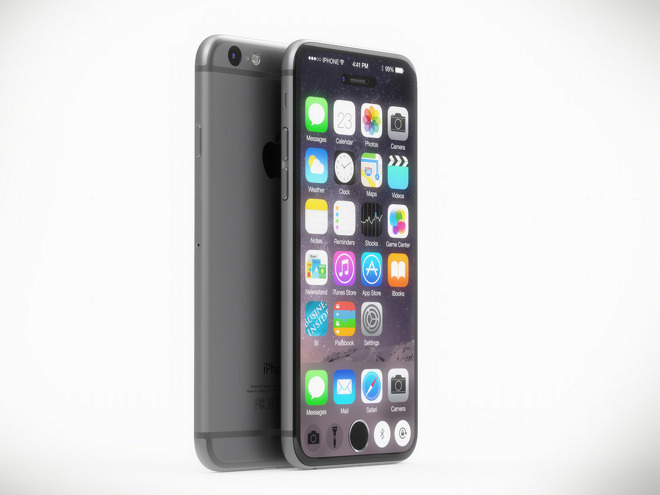


 Christine McKee
Christine McKee
 Charles Martin
Charles Martin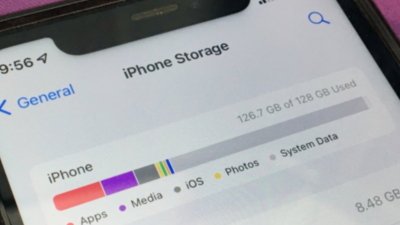
 Malcolm Owen
Malcolm Owen
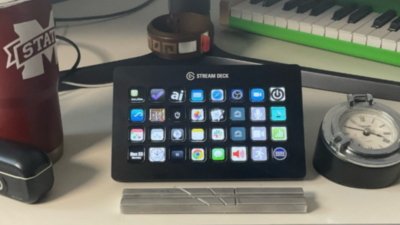
 William Gallagher
William Gallagher
 Amber Neely
Amber Neely
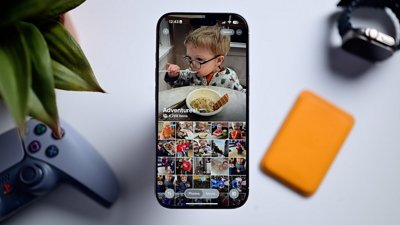
 Andrew O'Hara
Andrew O'Hara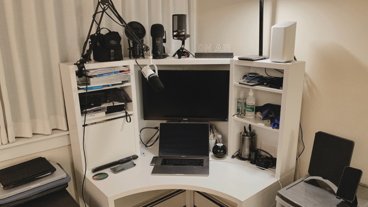








7 Comments
Can't wait to finally have OLED screens.
and another iPhone 6-like year of sales with a radical new iPhone...though Wall Street will find a way to misconstrue it...
What is the supposed advantage of an OLED screen on a phone? I know they produce blacker blacks which makes it nice on a TV or even an iPad, not sure what else it would add to the phone. Previously, the negative aspect was supposedly battery life. Just wondering what this would add.
This could just as well be orders from UHD TV set manufacturers, since the industry (except perhaps for Sony) is moving towards OLED. Current OLED TVs are a mixed bag: they do have far better blacks and because they don't use backlighting, they don't get an unwanted glow on high contrast scenes, but they've been prone to other display anomalies.
Aside from a smoother front and fewer parts, I don't see what the user benefits are for an edge-to-edge display, but OLED should look better. I'd like to see improvements in audio, photo and video quality. Just about anything else it needs is iOS related, like much more powerful Siri functionality. One should be able to instruct almost every app using Siri.